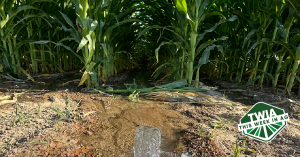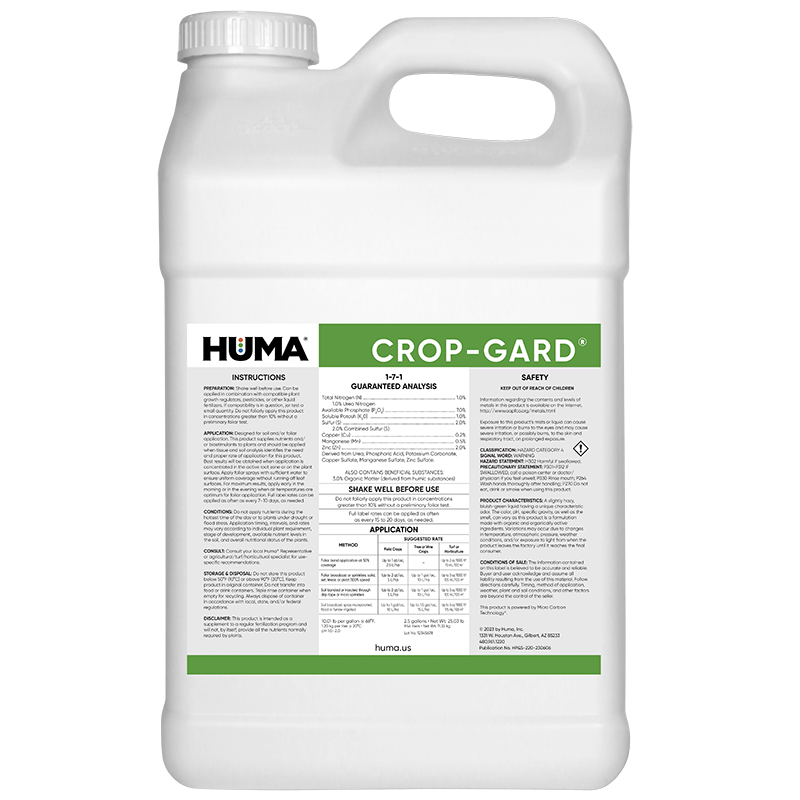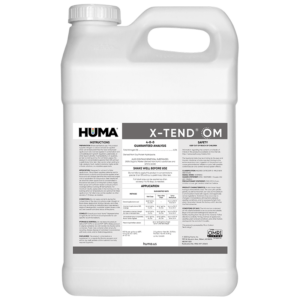CROP-GARD
Benefits of Use:
- Enhances natural plant ability to tolerate environmental stresses through improved nutritional balance
- Will tank mix with sulfur-copper fungicidal sprays and most chemical fungicide formulations
- Provides essential plant nutrients
- Can be used to carry any combination of Huma® nutrients
- Minimizes leaf burn or phytotoxicity associated with foliar nutrient sprays
- Usually eliminates the need for wetting agents or sticker spreaders
Deficiency Symptoms—When to Apply:
- Yellowing of leaves
- Plants weakened due to stress/disease
- Poor plant vigor
FAQs
Related Products
Related Case Studies

PROUD 3 Fungicide Replacement
Background Huma® fungicide programs with Micro Carbon Technology® provide growers with effective options that can replace synthetic fungicides with a more sustainable and environmentally friendly approach, while providing excellent control and improving crop health, yield and quality. Objective The focus of this study was to assess if 2 of Huma’s products CROP-GARD® (Growth Manager) and
Related Blog Posts

This Week in Ag #33
In commodity crop production, we talk a lot about bushels per acre. Because that’s how farmers get paid. But what exactly does bushels per acre mean? A bushel is the unit of measure we use in the USA (other parts of the world use tons or metric tons) to calculate yield, verify shipments and set pricing standards for crops such as corn, soybeans, wheat, canola, rice and sorghum. There’s a good chance your grandparents had a bushel basket laying around their house, garage, or barn. If you were to fill that basket to the brim with corn, you’d have one bushel’s worth.

This Week in Ag #70
“We’re always only five days from a drought.” That’s the saying here in the Delta. And for good reason. These light soils are unforgiving, as they lack the water holding capacity of those in the Midwest. Case in point this season: after a very wet May in Memphis – where we received nearly seven inches

This Week in Ag #42
What’s fueling regenerative agriculture? Sustainability, climate concerns, ESG-driven investors, soil health and heightened crop input costs are all major contributors. Another may be the shift in demographics. Millennials (born 1981-1996) recently passed baby boomers as the USAs most populous generation. And more than half of the US population is now comprised of millennials or younger. With a shift in population, and shift in culture, comes a shift in buying patterns.






